MOVIE REVIEW
North by Northwest
also known as “Bắc Tây Bắc,” “Bugbugseolo Jinloleul Dollyeola,” “Con la muerte en los talones,” “CzechoNa sever severozápadní linkou,” “De dood op de hielen,” “De man die verdwijnen moest,” “Der unsichtbare Dritte,”
See all »“Észak, északnyugat,” “Észak-északnyugat,” “Farlig romans,” “Gizli Teşkilât,” “Hokuhokusei ni shinro wo tore,” “Į šiaurę per šiaurės vakarus,” “I sista minuten,” “Intriga Internacional,” “Intrigo internazionale,” “Der unsichtbare Dritte,” “La mort aux trousses,” “La nord prin nord-vest,” “La nord, prin nord-vest,” “Med hjertet i halsen,” “Menneskejagt,” “Na sever severozápadní linkou,” “Na sever severozápadnou dráhou,” “Perseguit per la mort,” “Północ - północny zachód,” “Sever-severozahod,” “Sever-severozapad,” “Shimoli-g'arbiy orqali shimolga,” “Shomal az shomal-e gharbi,” “Şimal-qərbdən şimala,” “Sjever-sjeverozapad,” “Vaarallinen romanssi,” “Στη σκιά των τεσσάρων γιγάντων,” “На північ через північний захід,” “На север через северо-запад,” “Север-северозапад,” “Север-северозапад/Sever-severozapad,” “Солтүстік-батыс арқылы солтүстікке,” “北北西に進路を取れ,” “北西北,” “奪魄驚魂,” “西北偏北”
Reviewed by: Brett Willis
STAFF WRITER
| Moral Rating: |
Average
|
| Moviemaking Quality: |
|
| Primary Audience: |
Adults
|
| Genre: |
Spy Thriller
|
| Length: |
2 hr. 16 min.
|
| Year of Release: |
1959
|
| USA Release: |
December 18, 1959
|
| Featuring |
|---|
Cary Grant … Roger Thornhill
Eva Marie Saint … Eve Kendall
James Mason … Phillip Vandamm
Martin Landau … Leonard
Leo G. Carroll … The Professor
Edward Platt … Victor Larrabee
Edward Binns … Captain Junket
Jessie Royce Landis … Clara Thornhill
Josephine Hutchinson … Mrs. Townsend
Philip Ober … Lester Townsend
See all »
Adam Williams … Valerian
Robert Ellenstein … Licht
Les Tremayne … Auctioneer
Philip Coolidge … Dr. Cross
Patrick McVey … Sergeant Flamm
Ken Lynch … Charley
Stanley Adams … Lieutenant Harding
John Alban … Auction Guest
Andy Albin … Farmer
John Albright … Auction Guest
Anne Anderson … Woman
Don Anderson … Worker
Ernest Anderson … Porter on Twentieth Century Ltd.
Malcolm Atterbury … Man at Prairie Crossing
Tol Avery … State Police Detective
Sam Bagley … Courtroom Spectator
Rama Bai … Woman at United Nations Building
Frank Baker … Auction Guest
Baynes Barron … Taxi Driver #2
Brandon Beach … Man at Auction Guest
Frances Beck … Woman
John Beradino … Sergeant Emile Klinger
Sara Berner … Bit Part
Audrey Betz … Auction Guest
Stephen Bolster … Man with Camera
Boyd Cabeen … Man at United Nations Building
Roger C. Carmel … Tall Man in Crowd
Steve Carruthers … Auction Guest
Gordon Carveth … Auction Guest
Taggart Casey … Shaving Man
Bill Catching … Auction Attendant
Bob Coe … Cropduster Pilot
David A. Cox … Police Officer on Horse
Walter Coy … U.S. Intelligence Agency Official
Jimmy Cross … Taxi Driver #1
Lucille Curtis … Woman
Patricia Cutts … Hospital Patient
Jack Daly … Train Steward
John Damler … Police Lieutenant
Lawrence Dobkin … U.S. Intelligence Agency Official
Donna Douglas … Woman on Sidewalk
Dan Dowling … Auction Guest
Ken DuMain … Auction Guest
Daniel Elam … Man at United Nations Building
Tommy Farrell … Eddie
Jesslyn Fax … Woman on Train
Adolph Faylauer … Bald Bidder
Bess Flowers … Hotel Lounge Patron
Josephine Forsberg … Friendly Passenger
Sally Fraser … Second United Nations Receptionist
Paul Genge … Lieutenant Hagerman
Kenneth Gibson … Auction Guest
Ned Glass … Grand Central Station Ticket Seller
James Gonzalez … Auction Guest
Tom Greenway … Silent State Police Detective
Robert Haines … Man at United Nations Building
Stuart Hall … Train Passenger
Len Hendry … Police Lieutenant
Alfred Hitchcock … Man Who Misses Bus
Stuart Holmes … Hotel Lounge Patron
Hideo Inamura … Man at United Nations Building
Eugene Jackson … Security Guard at Auction
Bobby Johnson … Waiter
Dick Johnstone … Courtroom Spectator
Sid Kane … Minor Role
Kenner G. Kemp … Man Leaving Office Building
Madge Kennedy … Mrs. Finlay
Colin Kenny … Auction Guest
Doreen Lang … Maggie
Perk Lazelle … Auction Guest
Larry Leverett … Man in Phone Booth
Carl M. Leviness … Man at United Nations Building
Caryl Lincoln … Auction Guest
Alexander Lockwood … Judge Anson Flynn
Leota Lorraine … Auction Guest
Frank Marlowe … Taxi Driver
Nora Marlowe … Anna
Tom Marshall … Police Officer in Chicago
Thomas Martin … Train Passenger
James McCallion … Plaza Valet
Maura McGiveney … Attendant
Carl Milletaire … Hotel Clerk
Hans Moebus … Man at United Nations Building
Howard Negley … Conductor on Twentieth Century, Ltd.
Monty O'Grady … Man at United Nations Building
Henry O'Neill … Man in Plaza Bar
John Pedrini … Man at United Nations Building
Murray Pollack … Worker
Charles Postal … Minor Role
Maudie Prickett … Elsie
Hugh Pryor … Minor Role
Anthony Redondo … Auction Guest
Ralph Reed … Bellhop
Greg Rhinelander … Hotel Lounge Patron
Lili Rosson … Bystander
John Roy … Train Passenger
Cosmo Sardo … Worker
Jeffrey Sayre … Hotel Lounge Patron / Man at Mt. Rushmore Cafeteria
Scott Seaton … Auction Guest
Harry Seymour … Victor
Robert Shayne … Larry Wade
Larry Sherman … Cab Driver
Ami Silvestre … Woman
Doris Singh … First United Nations Receptionist
Jeremy Slate … Policeman at Grand Central Station
Olan Soule … Assistant Auctioneer
Bert Spencer … Auction Guest
Helen Spring … Bidder
Harvey Stephens … Stockbroker
Bert Stevens … Man at United Nations Building
Harry Strang … Assistant Conductor
Robert Strong … Auction Guest
Joe Szorentini … Man Opening Door for Thornhill
Paul Togawa … Man at United Nations Building
Arthur Tovey … Auction Guest
Dale Van Sickel … Ranger
Ray Weaver … Policeman at Grand Central Station
Susan Whitney … Attendant
Luree Wiese … Auction Guest
Frank Wilcox … Herman Weitner
Lloyd Williams … Minor Role
Robert B. Williams … Patrolman Waggoner
Paula Winslowe … Woman at Auction
Wilson Wood … Photographer at United Nations
Carleton Young … Fanning Nelson
Ernesto Zambrano … Auction Guest
|
| Director |
|---|
Alfred Hitchcock
|
| Producer |
|---|
Metro-Goldwyn-Mayer (MGM)
|
| Distributor |
|---|
|
|
This film is generally considered one of Alfred Hitchcock’s best pieces of work. Once the central character is mistaken for a spy, the pace never lets up.
Advertising exec Roger Thornhill (Cary Grant), dining out with business associates, stands up to summon a waiter just as the name “George Kaplan” is being paged. The page was called in by Communist spies who are trying to intercept the Western agent, Kaplan, before he exposes them.
The bad guys (including James Mason and Martin Landau) immediately abduct Thornhill, grill him, drug him and attempt to send him over a cliff in a stolen car. Thornhill escapes; but in setting out to prove his innocence of car theft, he is later accused of murder.
Now he journeys across the country, on the run from the Soviet spies as well as the police and the FBI, trying to find the real Kaplan and set everything straight. Memorable scenes include the U.N. confrontation, the lethal crop-duster plane and the Mount Rushmore chase.
Content of concern
There are a few on-screen killings. Thornhill uses d* a few times. A U.S. spy agency, realizing that Thornhill is in trouble because of mistaken identity, decides to let him be killed rather than have an agent’s cover blown.
The agency also requires a female agent to “spy with her body.” Thornhill meets the mysterious Eve Kendall (Eva Marie Saint) on a passenger train, and the mutual seduction scene in the dining car is very similar to the restaurant scene in “Fatal Attraction” 30 years later, even to Thornhill lighting Eve’s cigarette and Eve resting her hand too long over his.
The result is also the same, except that it’s not shown explicitly. This scene, and the implied sex afterward, were very bold for 1959. The old sexual double standard is here; Thornhill looks down on Eve for doing the same thing that he does.
The film ends abruptly; the action cuts from the spy vs. spy finale to the newly-married heroes getting into a passenger train sleeping car berth, and then to an exterior shot of the train entering a tunnel. Hitchcock once deadpanned to a group of reporters that the interlock of the last two scenes was supposed to be a phallic symbol, but that they shouldn’t tell anyone.
I’d rate this film as very good in its category and not overly offensive for today’s audiences. The film hasn’t changed; but thanks to the work of Hitchcock and other “pioneers,” society’s standards have changed so that what was once outrageous is now considered tame.
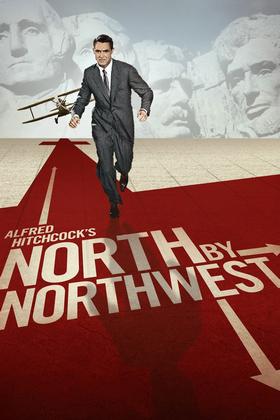
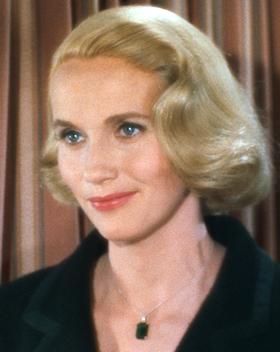


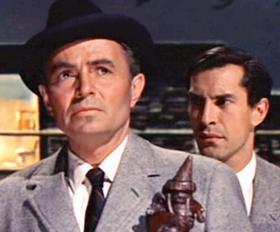
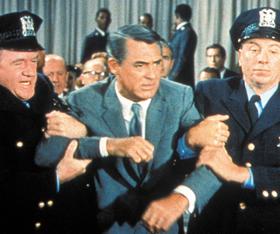
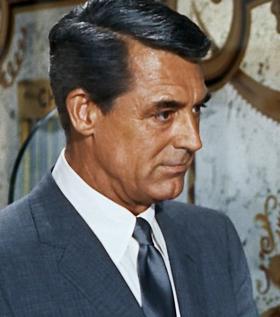

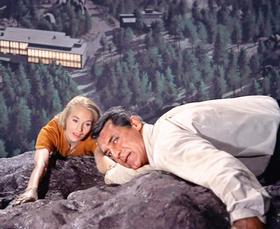
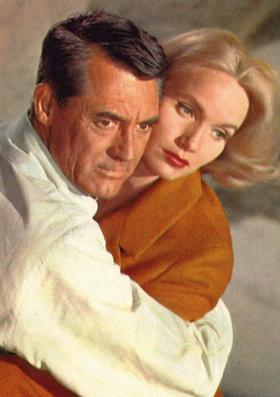


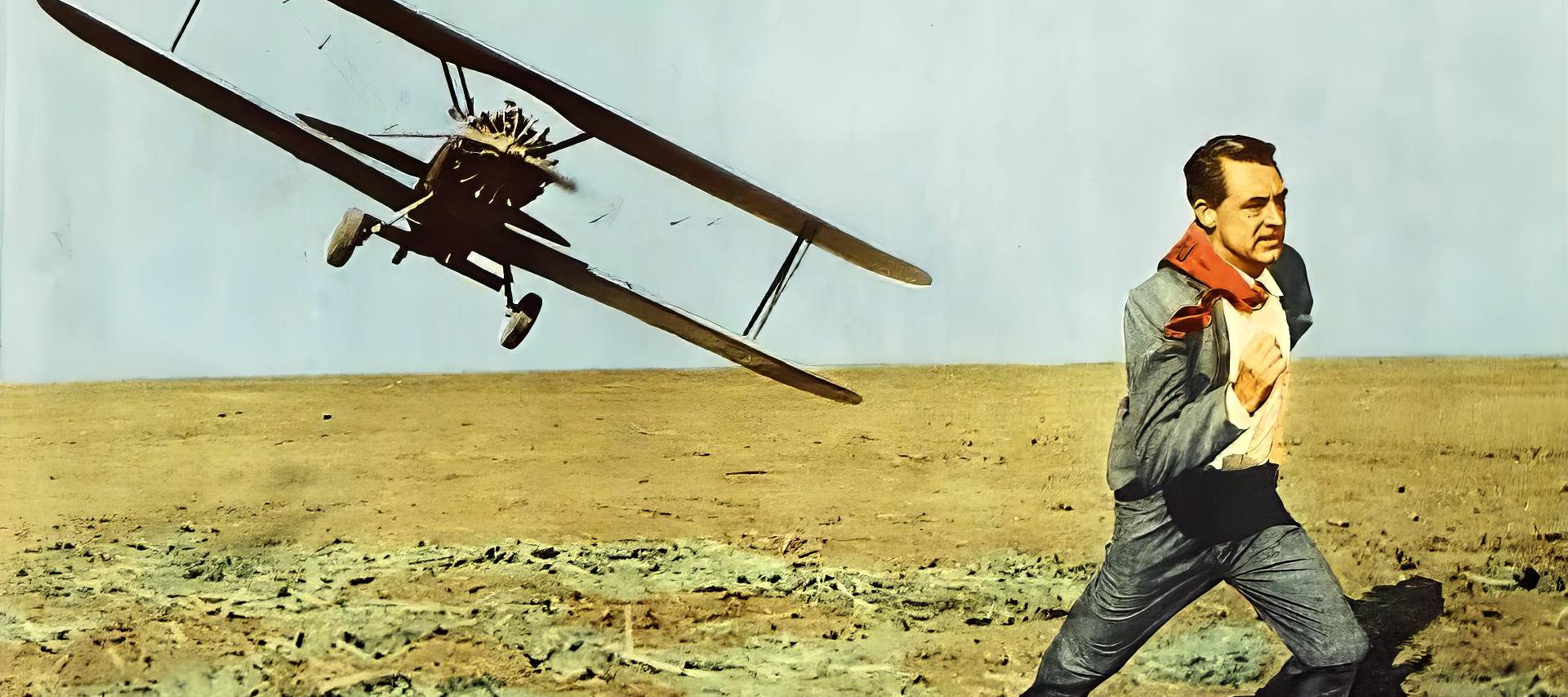
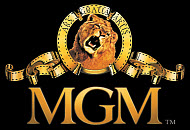
There are also many elements of a worldview that is contrary to godliness. Cary Grant’s character has been married twice and makes light of his divorces (“they left because I was too boring”). Eva Marie Saint’s character fornicates with both Grant and Mason. In neither case is there remorse shown or any consequences associated with this lifestyle.
Grant uses profanity and smokes. The ideas that casual sex is desirable, that divorce is trivial, and that the rugged individualist may take matters into his own hands and disregard authority is overtly taught.
Though Hitchcock was masterful at making movies, his work is very much like the candy coating that smuggles in ideas that teach against God’s instruction.
The “value” of this movie is in its excitement, but it is not worth the exposure to false instruction. My Ratings: [2/4]